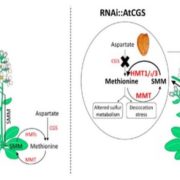
A Possible Strategy for Increasing Methionine Titer in Seeds
0 Comments
/
Methionine is a nutritionally essential sulfur-containing amino acid found at low levels in plants and in their seeds. It often limits the nutritional value of crop plants as a source of dietary protein for humans and animals. In plants, methionine plays key roles in protein synthesis and mRNA translation,…
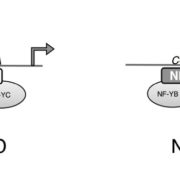
CONSTANS Companion: CO Binds the NF-YB/NF-YC Dimer and Confers Sequence-Specific DNA Binding
One of the central players in the complex regulation of flowering, CONSTANS (CO) functions as a center for integration of the various signals that determine the timing of flowering. As output, CO regulates the expression of FLOWERING LOCUS T (FT) and other genes (reviewed by Shim et al., 2017). CO contains…
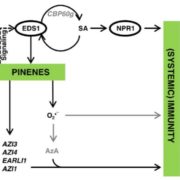
Secrets of the Forest: Volatiles First Discovered in Pine Trees Propagate Defense Signals Within and Between Plants
Systemic acquired resistance (SAR)—a plant-wide heightened state of defense following localized exposure to a pathogen—is characterized by increased salicylic acid (SA) and ROS levels and elevated expression of pathogenesis-related genes. SAR depends on ENHANCED DISEASE SUSCEPTIBILITY1 (EDS1), which…
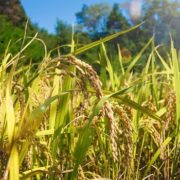
Harnessing the hidden genetic diversity for improving multiple abiotic stress tolerance in rice
Ali et al. describe a rice breeding strategy to improve abiotic stress tolerance as well as to accelerate the speed to achieving homozygosity. The researchers named this particular technique as “Green Super Rice” (GSR) breeding technology. They use a backcross (BC) breeding approach to fix breeding…
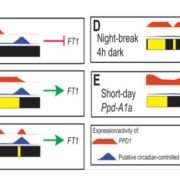
Interrupting long nights by short pulses of light accelerates flowering in wheat
In order to address the knowledge gap in the mechanisms of photoperiodic induction of flowering by phytochrome, Pearce et al. studied flowering behavior in wheat grown under short days, with the interruption of the long nights by short pluses of light (night breaks). Their study showed that night breaks…
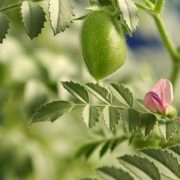
Root traits confer grain yield advantages under terminal drought in chickpea (Cicer arietinum L.)
This study by Ramamoorthy et al. showed that survival of plants under drought conditions is not a sufficient goal for breeding. Rather, yield for biomass and food production under water deficit is a better target. Chickpea genotypes having better root growth and higher root density showed better grain…
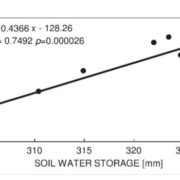
For drought tolerance, is water use efficiency (WUE) no longer a recommended selection criteria for energy crops?
Podlaski et al. conducted experiments with energy crops like miscanthus, prairie cordgrass, willow, etc, and report that water use efficiency (WUE) is no longer a valid trait for selecting energy crops for drought tolerance. They could not find any significant relationship between WUE and biomass …
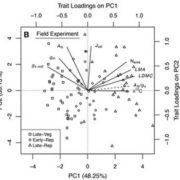
Variable mesophyll conductance among soybean cultivars sets a tradeoff between photosynthesis and water-use-efficiency
An experimental study by Tomeo and Rosenthal with soybean cultivars demonstrated that there exists genotypic differences in mesophyll conductance (gm), and that the potential exploitation of this trait may increase crop productivity. It was found that there exists a proper coordination mechanism…
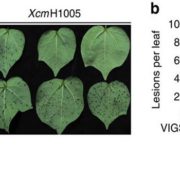
TAL effector driven induction of a SWEET gene confers susceptibility to bacterial blight of cotton
Plants undergo photosynthesis in leaves to produce carbohydrates sucrose and starch. The sucrose is transported to other parts of the plants via sugar transporters called SWEET proteins. In addition, certain plant pathogens activate SWEET genes to invade their host. As shown in this paper, during bacterial…

